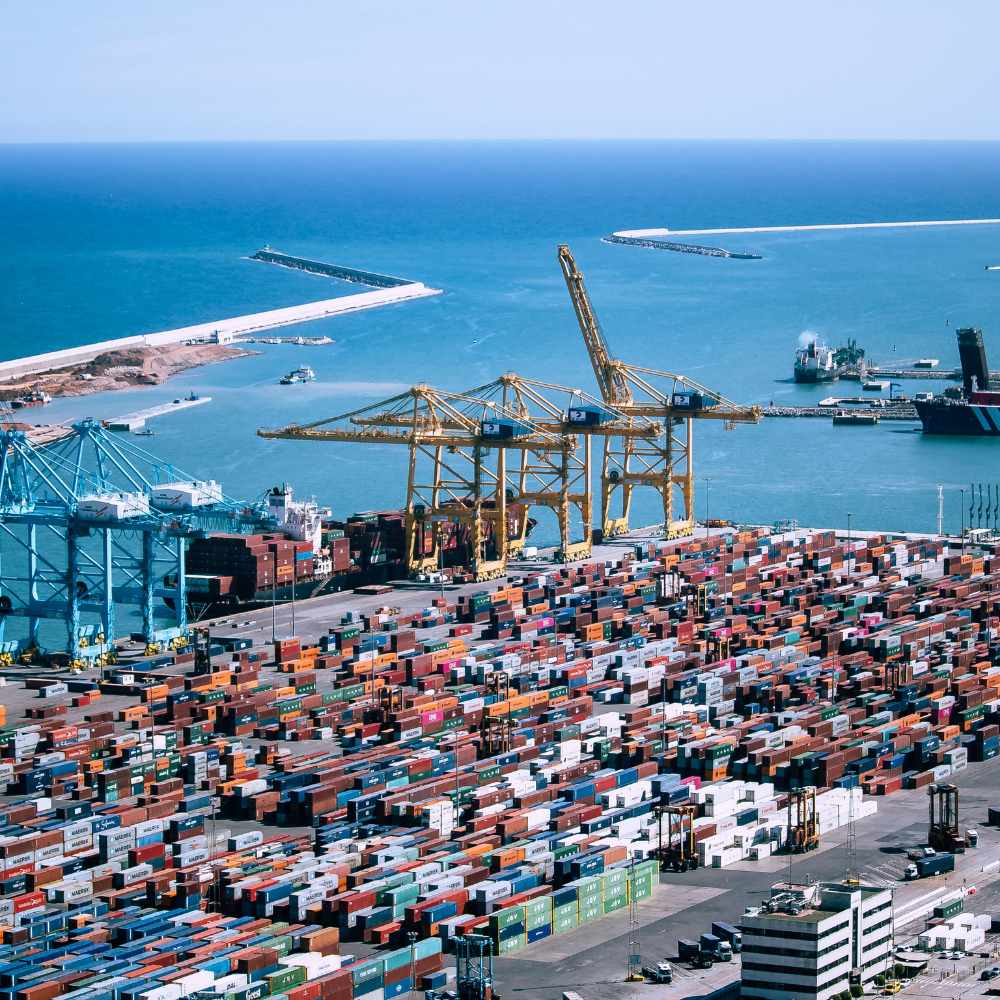Secureports Opportunities for Organised Crime in Seaports between Vulnerabilities and Informality

The aim of this project is to advance our understanding of serious and organised criminality within seaports, by observing how ports, as microcosmic realities, facilitate different types of illegal or deviant behaviours.
The starting point was that the particular universe of ports attracts criminal opportunities of an economic nature exploited through a set of vulnerabilities, both in terms of regulations and lack of it, and this is particularly evident during periods of sudden geopolitical changes, such as Brexit. Even though ports appear frequently in public discourse on organised crime, there has been very little empirical research done on them.
Overview on project
Why ports
Ports are microcosms run through a mix of regulations and informal practices. Informal behaviours are not necessarily illegal or illicit. These include spontaneous governance and self-governance mechanisms, semi-official or unofficial regulation and instruments of enforcement, different types of unauthorised practices. On the other side, assessment of vulnerabilities in ports refers to evaluations of space, as much as the unique geography of ports allows for criminal networks to use infrastructures escaping detection.
Investigating the mechanisms through which ports become more or less attractive, both as targets and as transit areas, to criminal networks is of paramount importance especially in changing geopolitical conditions when markets, legal and illegal ones, will be affected by changing regulations.
Project specifics
The project was a new initiative that builds on work previously conducted by both researchers. The research has been conducted in the UK, USA, Canada, Australia, and Italy to produce a comparative assessment of challenges, vulnerabilities, and best practices in detecting and countering organised criminality across ports in these countries.
The initially selected ports were: Genoa (Italy); New York (USA); Liverpool (UK); Montreal (Canada); Melbourne (Australia). These ports have been at the centre of enquiries either as targets of organised crime groups or as transit areas for their activities within the very complex web of port relationships made of strict codes of security, assessments of vulnerabilities and informality of practices. Here, informality refers to human interactions and to sets of behaviours that escape formalised control. Initially set out to finish in February 2021, the project has been extended until February 2022 to also include research in post-Brexit British and Irish ports (in particular Dublin, Belfast and Felixstowe).
The project was funded by the British Academy under the call “tackling the UK’s international challenges” in 2019.
Main research questions
The main research questions were:
1. How do informalities and vulnerabilities manifest in the ports and how do they relate to each other?
2. What are the perceptions and the level of knowledge of law enforcement and authorities on the vulnerabilities of ports to organised crime?
3. What are the aims, in the short, medium and long terms, of organised crime infiltration and mechanisms of control of the ports?
4. Is there any difference in the way groups involved in similar trades, i.e. Italian mafias, behave in different ports and, if so, what explains differences?
5. What are the best practices and the lessons learned in detecting the infiltration of organised crime groups in port and in countering their penetration?
Our research team

Dr Luca Storti
Dr Luca Storti is associate professor of economic sociology at the university of Turin. For SecurePort he primarily worked on the data collection and analysis for the port of New York/New Jersey.
